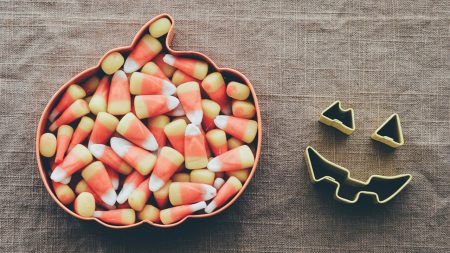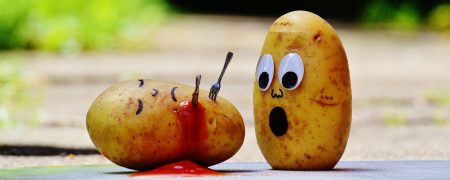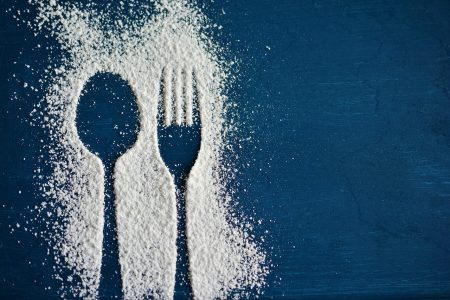Sugar is all around us. One of the trickiest things these days is that the food industry has many different forms and names for sweet, high glycemic, blood sugar spiking products. This short blog post will identify the key sources of added sugar and look at how much we should have daily.
QUICK CHEMISTRY OF SUGAR
Sugars are carbohydrates and when broken down by our digestion into single units they are referred to as glucose (a base unit for all sugars and what is measured in our blood), fructose (found in fruits) and galactose (found in milk). For my November No (Low) sugar challenge I’ll be focusing on sucrose (glucose + fructose) which is commonly know as table sugar. Sugar can be extracted from many different source but the most common ones these days are sugar can, sugar beets and corn. Corn is the most common production source of glucose in North America. For more info on sugar molecules check out wikipedia page on sugar and glucose.

Sugar comes in many guises on food labels, including (cd = corn derived) :
- corn sugar (cd)
- dextrose (dextrin, dextran) (cd)
- evaporated can juice
- fructose (as an additive cd)
- fruit juice concentrate
- glucose (cd)
- high-fructose corn syrup (cd)
- honey
- maple syrup
- agave syrup
- invert sugar (cd)
- isoglucose
- levulose
- maltose
- maltodextrin (cd)
- molasses
- sorbitol
- sucrose

Most common foods with hidden sugars
Here is a quick list of some of the places you many not think to look for added sugar:
- flavoured yogurts
- ketchup
- barbecue sauce
- Pasta sauce
- salad dressings
- balsamic vinegar, rice vinegar
- chip flavouring – commonly as maltodextrin
- granola
RECOMMENED DAILY INTAKE OF SUGAR
So now that we know where sugar is hiding and what it’s hiding as, how much of if are we supposed to have daily? Different organizations have different thoughts.
Health Canada – no upper limit has been determined but is has been recommended that maximal intake be no more then 25% of total energy intake (calories). On a 2, 000 calorie diet that is 125 g of sugar (4 calories per gram)
The World Health Organization – less then 10% of total energy intake is recommended, with additional health benefits if below 5%. On a 2,000 calorie diet that is 50g for 10% and 25g for 5%
American Heart Association – for men no more then 36 g (9 teaspoons) and women no more then 25 g (6 teaspoons) to support good heart health.

As you go checking labels for added sugar for our No (low) Sugar Challenge try to calculate how much sugar you were getting daily and if you were above or below any of those health guidelines.
I’ll be going through my house and finding sugars today to check out my instagram to follow along. For more sugar free resources see my pinterest page.
Stay tuned for more sugar related blog including alcohol sugars and sugar substitutes, the health effects of sugar and how to balance your blood sugar and avoid sugar cravings!
